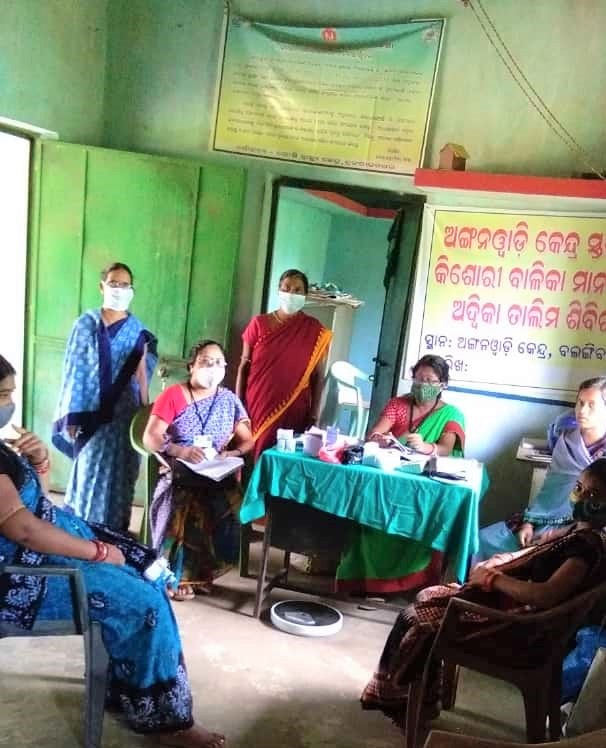
In India, 75% of the healthcare infrastructure is concentrated in urban areas where only 27% of the total Indian population is living. The remaining 73% of the country’s population is lacking proper primary healthcare facilities.
The rural healthcare in India is characterized by under-staffed facilities with bad infrastructure and low availability of medicines. Due to less availability of health care services and lack of awareness, rural people tends to be less serious about hygiene and nutrition.
Professional Help During Delivery
Since many complications cannot be predicted, professional care during delivery is key. Child Health Programmed emphasizes the need for mothers to deliver babies in hygienic conditions under the supervision of skilled health professionals, but most women in India deliver their babies at home without professional help.
NFHS-2 estimated that 65 percent of births, particularly those in rural areas, took place at the women’s or parents’ homes. Among these deliveries, fewer than one in seven were attended by a health professional. These professionals, including doctors, nurses, and midwives, can usually manage normal deliveries, treat complications, or refer patients for appropriate care.

Healthcare is the right of every individual. Indira Gandhi Integral Education Centre is using Well-equipped mobile hospital units with medical expertise, services and medicines traverse across deserts, forest tracts, hilly terrain and urban by lanes to bring affordable, accessible and accountable healthcare, under smile on Wheels programme.
Besides this, Smile Health Camps, Integrated Community Development and Infrastructure Development projects ensure overall welfare.
